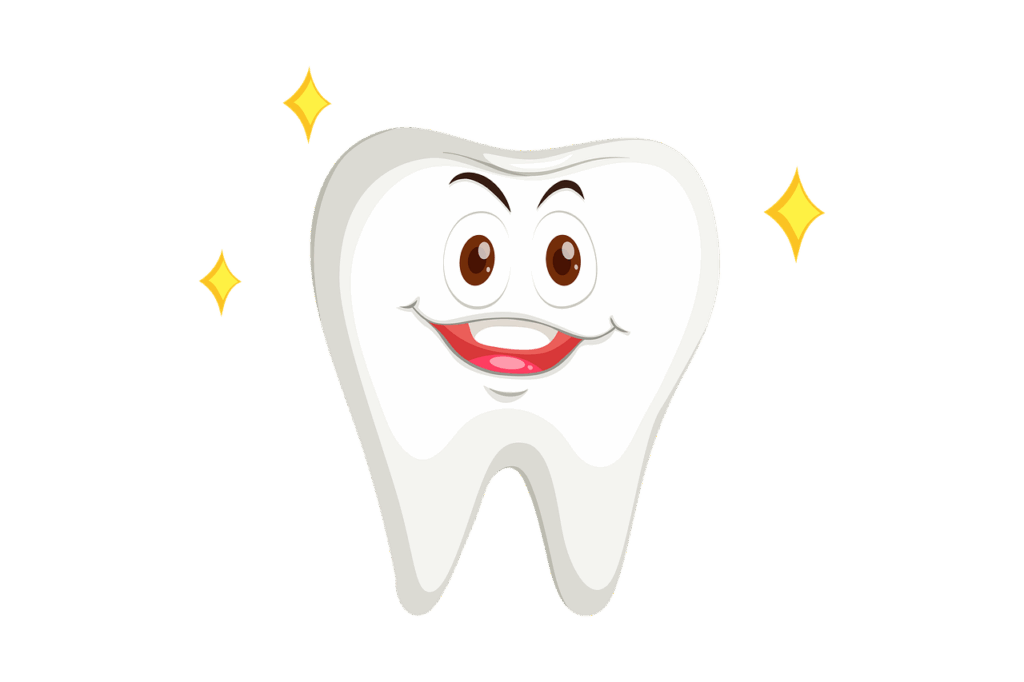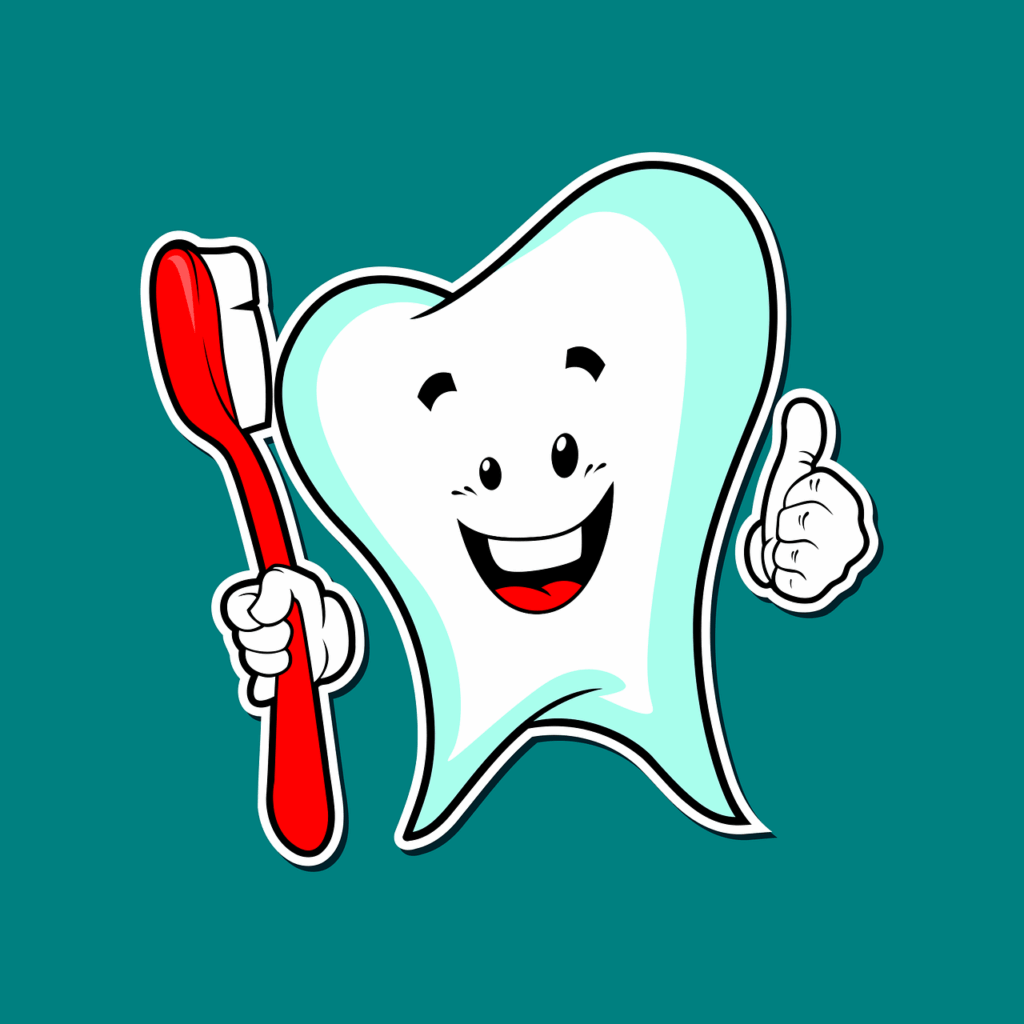
Tooth pain can be relentless, transforming simple daily activities like eating and talking into a painful ordeal. For millions, the need for dental care is a constant concern, yet the high cost often feels like an insurmountable barrier. In 2023, a significant 19% of American adults reportedly bypassed essential dental treatment due to financial constraints, identifying it as the most frequently skipped form of medical care.
However, financial limitations don’t automatically condemn you to discomfort or neglected oral health. A multitude of pathways exist to make quality dental care both accessible and affordable, even if you’re navigating a tight budget or lack traditional insurance. This comprehensive guide aims to illuminate these crucial options, empowering you to discover the solutions necessary for maintaining a healthy, confident smile.
Understanding the complexities of healthcare costs can be daunting, but with the right information, you can unlock a world of possibilities for reduced-cost or even free dental services. From leveraging educational institutions to tapping into robust government programs and community support, practical steps are available today. Let’s explore these vital resources, ensuring financial worries no longer dictate your dental well-being.
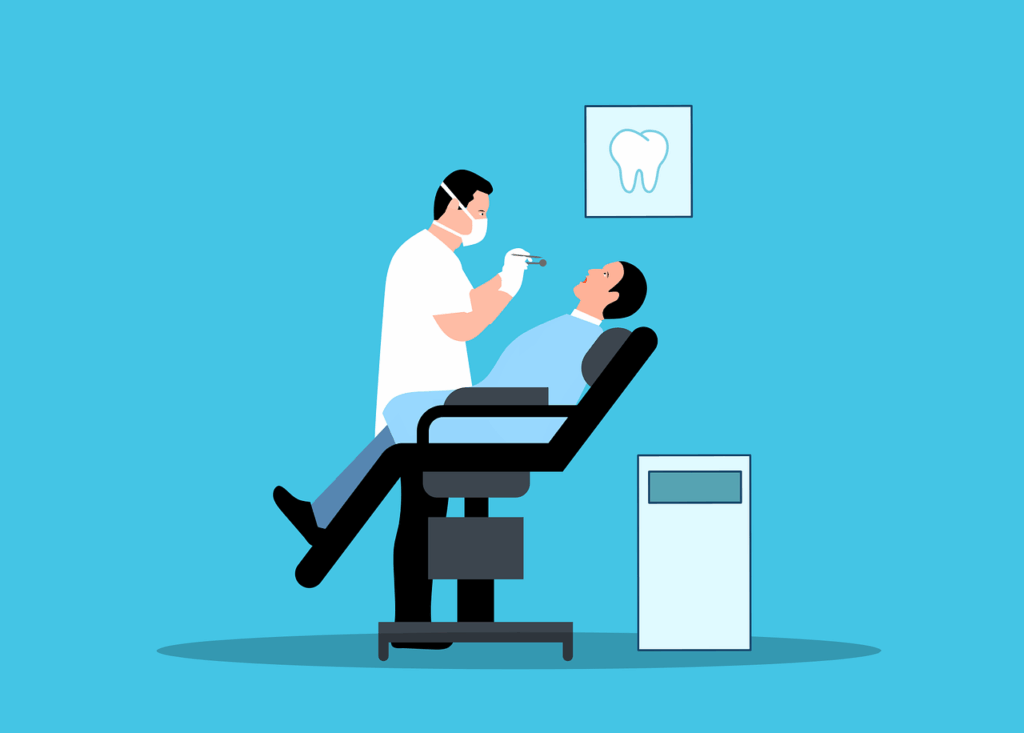
1. **Find a Local Dental School**One of the most valuable, yet often overlooked, resources for affordable dental care comes from local dental schools. These institutions fulfill a critical dual role: training the next generation of dental professionals and simultaneously providing essential services to the public at significantly reduced costs. It presents an excellent opportunity to receive high-quality care without the typical hefty price tag associated with private practices.
At dental schools, all procedures are meticulously performed by students, but always under the direct and close supervision of experienced, licensed dentists. This rigorous oversight ensures that while students gain crucial practical experience, patients consistently receive care adhering to the highest professional standards. You are not compromising on quality; instead, you become an integral part of a supervised learning environment where excellence in patient care is paramount.
The primary trade-off with dental schools is often related to time. Appointments may take longer than in a private office due to the instructional nature of the setting, and there might be a waiting period for openings. However, if your schedule offers some flexibility, the potential financial savings are substantial. To find a school, consult the American Dental Association or local universities with dentistry programs. Many clinics limit charges to materials and equipment, translating into tangible savings.
Read more about: Boomers & Millennials Unite: 14 Things We’re All Officially Done Caring About (Seriously Bye)
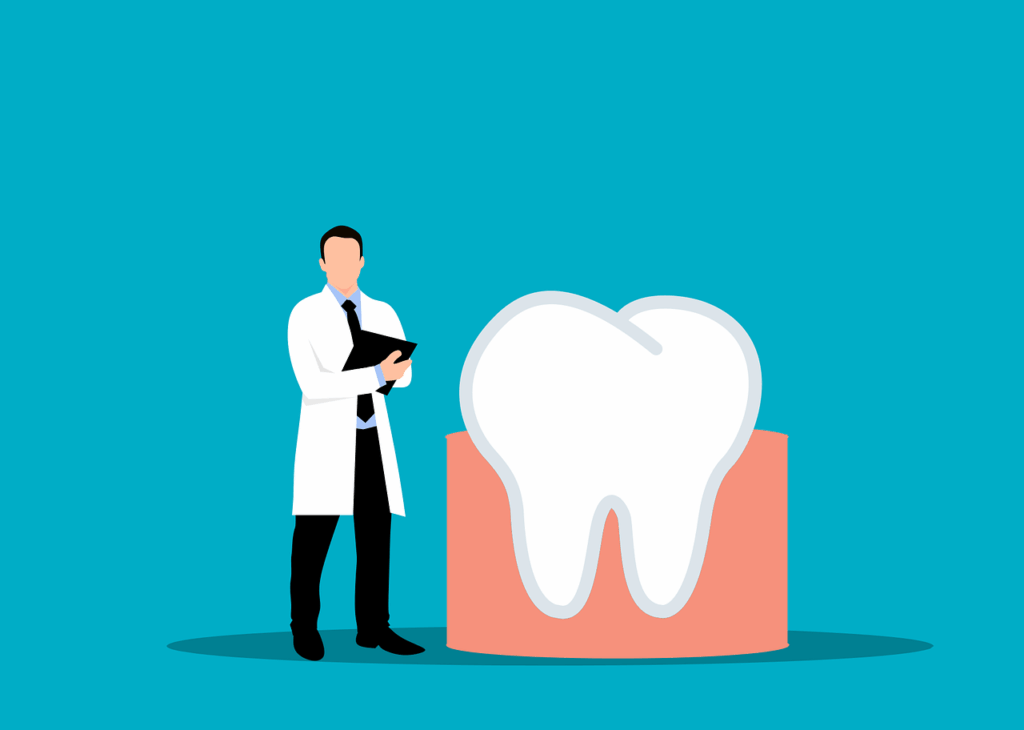
2. **Look for Charitable Dental Programs & Nonprofit Organizations**For individuals facing challenging financial circumstances, a vital network of charitable and nonprofit organizations provides free or discounted dental care. These groups address critical oral health needs, organizing events and programs to assist those unable to afford essential treatment. Prominent examples include Dentistry From The Heart, the American Dental Association Foundation, and America’s Dentists Care Foundation, often hosting free dental events on a first-come, first-served basis for cleanings, fillings, and extractions. Checking schedules in advance is advisable.
While these programs may not cover extensive dental work like implants, they are invaluable for urgent needs. If you’re experiencing an emergency, these initiatives offer prompt relief and essential care.
A significant contributor is the Dental Lifeline Network (DLN), providing comprehensive care to adults with special needs, seniors, and those battling serious chronic illnesses. Their Donated Dental Services (DDS) program connects eligible patients with over 12,000 volunteer dentists and 3,500 dental labs across the U.S., delivering over $500 million worth of free treatments to over 165,000 individuals with tailored plans. Other resources include Mission of Mercy events and “Give Kids A Smile®.”
3. **Apply for Government Dental Assistance Programs**Government-sponsored programs offer a critical lifeline for millions seeking affordable dental care. These initiatives help eligible individuals and families cover a broad spectrum of dental costs, from routine check-ups to restorative treatments, bridging the gap for those who otherwise couldn’t afford vital oral health services.
Medicaid, a cornerstone of this assistance, is a joint federal and state health insurance program. It extends health coverage, including dental benefits, to vulnerable populations like low-income adults and families, children, pregnant women, elderly adults, and people with disabilities. By October 2024, approximately 79.3 million people in the U.S. were covered by Medicaid and CHIP, highlighting its expansive reach. Most states provide limited emergency dental services for adults aged 21 and older, while most individuals under 21 can access full dental services. California’s Medi-Cal Dental program provides free or low-cost services to eligible recipients.
The Children’s Health Insurance Program (CHIP) works with Medicaid, offering low-cost health coverage to children in families with incomes too high for Medicaid but insufficient for private insurance. Resources like InsureKidsNow.gov are invaluable for finding affordable health insurance and dentists accepting Medicaid and CHIP. Note that Medicare has limited dental coverage, generally not covering most standard care, though some Medicare Advantage Plans may offer additional benefits.
Read more about: Simplify Your Finances in 2025: 7 Practical Strategies to Reclaim Control and Reduce Stress

4. **Visit a Free or Low-Cost Community Dental Clinic**Across the nation, community dental clinics play a pivotal role in making essential dental care accessible, especially for underserved populations. These clinics frequently operate on a reduced-rate basis, ensuring vital oral health services are within reach for individuals and families regardless of income level. They function as crucial hubs for public health where private dental practices might be scarce or financially prohibitive.
Federally Qualified Health Centers (FQHCs) stand as a prime example. These centers receive significant funding from the Health Resources and Services Administration (HRSA), enabling them to offer low-cost or even entirely free dental services. The cost of care at FQHCs is typically determined by a sliding scale, adjusted based on your income, making comprehensive care affordable across a wide spectrum of financial situations.
FQHCs are exceptionally crucial for people residing in rural areas or communities where locating adequate dental services can be challenging. They are designed to ensure everyone has access to quality healthcare. Services routinely provided include cleanings, fillings, and extractions. While not always offering highly specialized treatments, FQHCs handle urgent dental issues, making them an excellent first point of contact for emergency care without insurance. You can find one near you through dedicated search tools. The context lists several California examples of such centers.
Read more about: Your Essential Guide to Medicare’s Uncovered Costs: 14 Critical Services You Might Need to Budget For

5. **Consider a Dental Discount Plan**If you don’t qualify for free dental care but full-price visits are financially challenging, a dental discount plan offers a practical solution. These plans are distinctly different from traditional dental insurance, providing an alternative, more straightforward model for significantly reducing treatment costs.
With a dental discount plan, you pay a relatively small annual or monthly membership fee. In return, you gain immediate access to a network of participating dentists who provide services at substantially reduced rates. This means discounted pricing across a broad spectrum of procedures, from routine cleanings and preventive care to complex treatments like root canals and crowns.
One of the standout advantages is the absence of common restrictive elements found in traditional insurance. There are typically no waiting periods before utilizing discounts, and no concerns about annual coverage limits or deductibles. This straightforward approach allows immediate and predictable savings on required dental treatments, making it a very appealing option for those seeking transparent cost reductions.
Read more about: Unlock Peace of Mind: Simple Secrets to Getting the Best Deal on Travel Insurance for Seniors
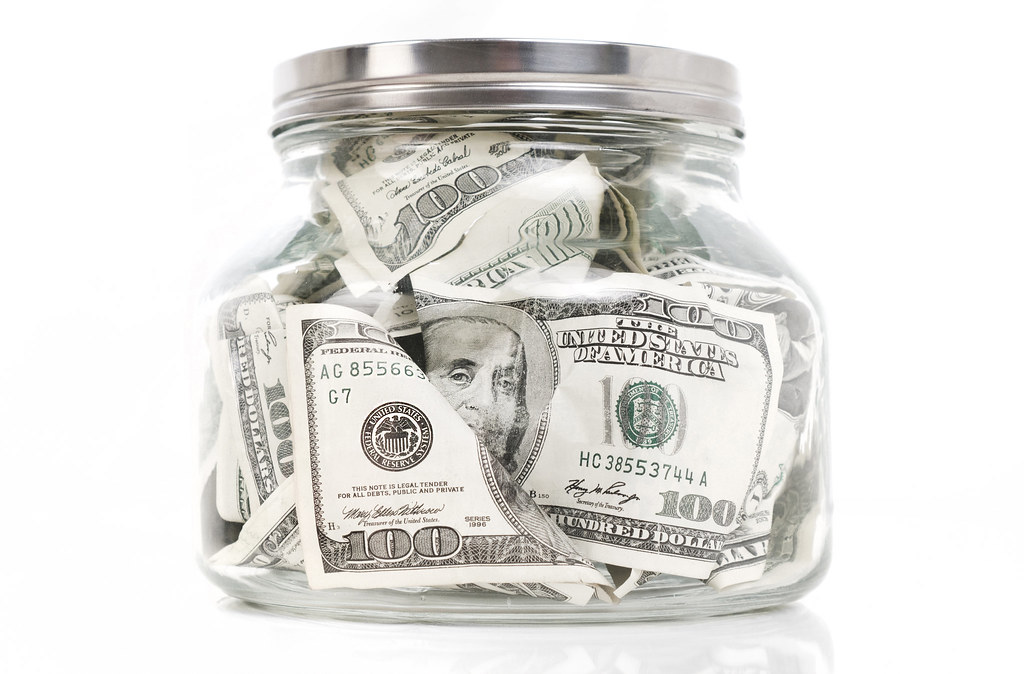
6. **Negotiate Payment Plans with Your Dentist and Explore Dental Membership Savings Plans**Many people are unaware that dental care costs can be more flexible than imagined. Direct communication with your dental office about financial circumstances can frequently unlock beneficial and affordable arrangements. It truly ‘never hurts to ask,’ as many dentists and their administrative teams understand the financial burdens of comprehensive dental treatments.
A common solution involves directly negotiating payment plans. If you candidly explain your financial constraints, many offices are willing to establish manageable monthly installments. These patient-friendly plans often come with little to no interest, easing the burden of managing total costs over time rather than facing a large upfront payment.
Beyond flexible payment plans, some dental offices offer specific discounts for patients who can pay in cash upfront. This can be beneficial if you have some savings, providing an immediate and tangible reduction in your overall bill. It’s always worthwhile to inquire about such possibilities.
Furthermore, an increasing trend sees dental offices offering their own in-house dental membership savings plans. These plans typically involve a fixed annual fee, covering certain specified services entirely, like routine cleanings and exams. For other services, members usually receive predetermined discounted rates. This model bypasses external insurance complexities, offering a direct, simplified approach to affordable care within your chosen practice.

7. **Look for Dental Grants**For individuals requiring significant, often complex, dental work but lacking the financial means, dental grants represent a powerful and life-changing resource. Critically, these grants are not loans that must be repaid; instead, they are funds generously provided by dedicated organizations committed to improving oral health for specific, vulnerable populations in dire need, covering substantial costs that would otherwise be insurmountable.
A prime example is the Dental Lifeline Network (DLN), which actively provides free treatment to vulnerable groups, including seniors, individuals living with disabilities, and those battling serious medical conditions like head and neck cancer. Their Donated Dental Services (DDS) program connects eligible patients with over 12,000 volunteer dentists and 3,500 dental labs across the U.S. Since its inception, the DDS program has delivered over $500 million worth of free treatments to over 165,000 individuals nationwide.
It’s important to acknowledge that obtaining these invaluable grants can sometimes be challenging, and applicants should be prepared for potential waiting lists due to high demand and specific eligibility criteria. However, for those fortunate enough to meet the qualifications, the reward is frequently a comprehensive and fully funded treatment plan, meticulously tailored to their unique needs. These grants fundamentally ensure that critical dental care—which might otherwise remain out of reach—becomes a tangible reality for those who need it most.
Read more about: Unlock Peace of Mind: Simple Secrets to Getting the Best Deal on Travel Insurance for Seniors
8. **Use a Health Savings Account (HSA) or Flexible Spending Account (FSA)**Navigating the costs of dental care can feel like a maze, but for many, a powerful tool is already at their fingertips: Health Savings Accounts (HSAs) and Flexible Spending Accounts (FSAs). If your employer provides access to either of these valuable financial tools, you have an excellent opportunity to allocate pre-tax money specifically for various medical expenses, and fortunately, dental care is explicitly included.
These accounts empower you to proactively save and pay for a wide range of dental services. This includes essential preventative care like regular checkups and professional cleanings, as well as more involved treatments necessary to maintain optimal oral health. By using funds from an HSA or FSA, you effectively reduce your taxable income while ensuring you have dedicated resources for dental wellness.
The real benefit here lies in the tax advantage. The money you contribute to an HSA or FSA is typically pre-tax, meaning you don’t pay federal income tax on those contributions. This makes every dollar you spend on eligible dental work go further, offering a smart and strategic way to manage healthcare costs, including those crucial dental visits.

9. **Seek Help from Religious Organizations**Beyond traditional medical and governmental routes, many compassionate religious and faith-based organizations extend their support to individuals and families struggling with the cost of dental care. These groups often operate with a mission to serve their communities, and for low-income individuals who find themselves unable to afford necessary dental work, even with some form of insurance, these organizations can be an invaluable source of assistance.
Prominent examples of such initiatives include Catholic Charities, Baptists on Mission, and Church Health Services, all of which provide free or significantly low-cost dental care through dedicated clinics and sometimes even mobile units. These programs are often designed to reach underserved populations, ensuring that vital oral health services are not out of reach due to financial barriers.
Other notable programs like Manos de Cristo and the San Antonio Christian Dental Clinic focus their efforts on providing essential dental treatments to uninsured adults, children, and seniors. Their services are a testament to community support, striving to ensure that everyone has access to the dental care they need to maintain their health and quality of life. It’s always worth reaching out to local religious organizations or their larger umbrella groups to inquire about any dental assistance or resources they might have available in your area.
Read more about: Remember Them? 14 ‘Cult’ Concepts That Defined — And Then Faded From — How We Talk About Groups
10. **Apply for a Medical Credit Card**When immediate dental work is necessary and upfront funds are simply not available, a medical credit card can emerge as a viable solution to bridge the financial gap. Specialized credit cards, such as CareCredit, are specifically designed to help individuals finance various healthcare procedures, including dental treatments, often with appealing promotional terms.
These cards frequently offer zero-interest promotional periods, which can be incredibly helpful for managing the cost of a procedure by allowing you to pay it off over several months without incurring additional charges. This flexibility can make expensive treatments more manageable, spreading the financial impact over a period that aligns better with your budget.
However, it is absolutely crucial to approach medical credit cards with a clear understanding of their terms and conditions. While the zero-interest periods are attractive, if the balance is not fully paid off within that promotional timeframe, the interest rates can become significantly high. Therefore, before committing, always make sure you thoroughly understand the repayment schedule and have a solid plan in place to pay off the balance before any high-interest rates kick in.
Read more about: Unveiling the Titans of Thought: Revolutionary Discoveries That Reshaped Our Understanding of the Universe
11. **Request an Emergency Loan**In situations where dental work is critically urgent, and all other financial avenues have been exhausted, a small emergency loan might present itself as the last resort. This option is particularly relevant when you find yourself in a tough spot, requiring immediate dental attention, and lacking immediate funds to cover the expense. It’s a solution for those dire moments when nothing else seems available.
Certain financial institutions, including some credit unions and online lenders, understand that unexpected medical costs can arise. They may offer personal loans specifically designed to cover dental expenses or other emergency healthcare needs. These loans can provide the necessary capital quickly, allowing you to get the treatment you need without delay.
Before considering any loan, however, it’s always advisable to first explore alternative strategies, such as seeking opportunities to make money through side gigs or extra work. Generating additional income can often alleviate the need for borrowing. But if a loan becomes truly unavoidable, it’s imperative to compare different lenders meticulously. Carefully evaluate interest rates, fees, and repayment terms to ensure you can comfortably afford the monthly payments, thereby avoiding further financial strain.
Ultimately, securing an emergency loan for dental care should be viewed as a last resort. It’s a serious financial commitment, and while it offers a lifeline in urgent situations, responsible borrowing practices are paramount. Ensure you’ve exhausted all other avenues and have a clear, feasible plan for repayment before proceeding.
Read more about: 11 Simple Hacks to Slash Your Credit Card Interest Rate by 5 Points: An Actionable Guide for Smart Spenders
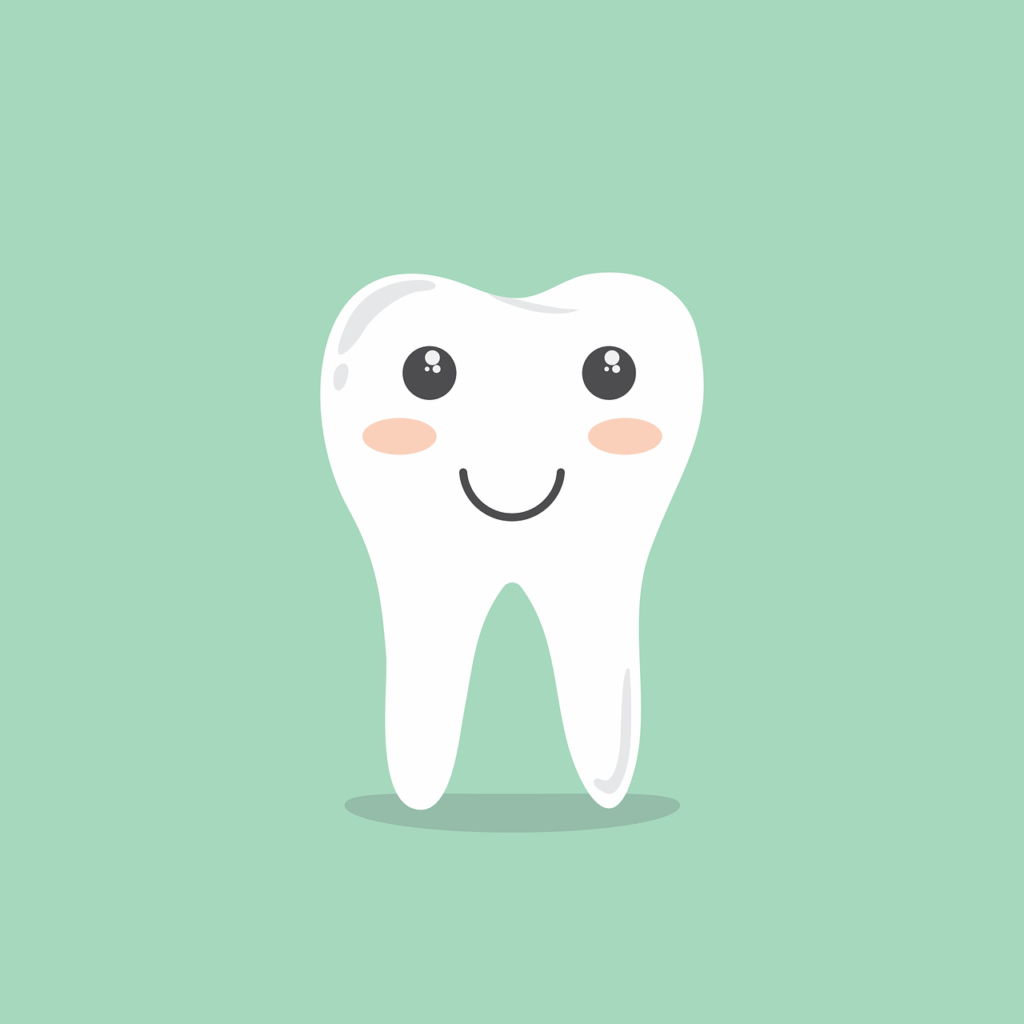
12. **The Health Insurance Marketplace**For individuals and families seeking to secure dental benefits, the Health Insurance Marketplace, established by the Affordable Care Act (ACA), serves as a crucial platform. This open marketplace allows consumers to purchase comprehensive dental benefit plans, integrating oral health into broader healthcare considerations. It’s designed to make insurance more accessible and transparent for many Americans.
A significant advantage of plans offered through the Marketplace is the mandatory inclusion of dental coverage for children under the age of 18. This requirement ensures that younger populations have access to essential dental care, a critical component of their overall health and development. It provides a vital safety net for families to ensure their children’s oral health needs are met.
Furthermore, while pediatric dental coverage is mandated, many states also offer adult dental plans through the Marketplace. This expands the options for adults who may not have access to dental benefits through an employer or other means. Families and individuals have multiple convenient ways to apply and enroll in these plans, including online applications, phone assistance, mail-in options, or even in-person support, making the process as accessible as possible.
Read more about: Unlock Peace of Mind: Simple Secrets to Getting the Best Deal on Travel Insurance for Seniors
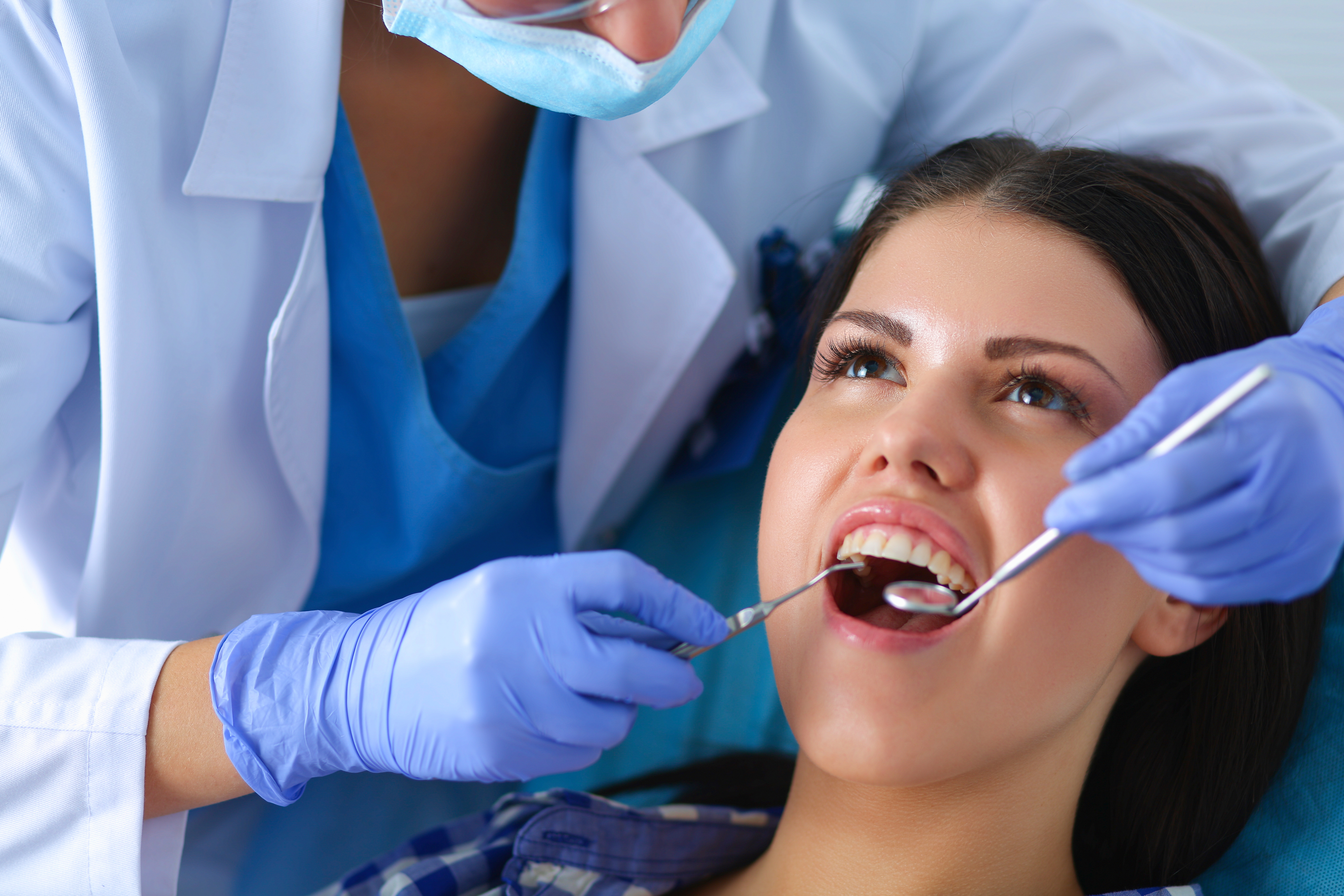
13. **Dental Clinical Trials**An often-overlooked avenue for obtaining reduced-cost or even free dental treatment, particularly for specific conditions, involves participating in dental clinical trials. These research studies play a vital role in advancing oral health science, and they sometimes offer a unique opportunity for volunteers to receive care while contributing to medical knowledge.
The National Institute of Dental and Craniofacial Research (NIDCR), a component of the federal government’s National Institutes of Health (NIH), occasionally seeks volunteers for these research studies. These trials typically focus on individuals with specific dental, oral, and craniofacial conditions. Patients who participate in these studies contribute directly to understanding and developing new treatments and diagnostic methods.
For eligible study participants, researchers may provide limited free or low-cost dental treatment. This treatment is specifically for the condition being investigated within the scope of the study. It’s a dual benefit: patients receive care for their specific needs, and they actively help advance scientific discovery.
To explore opportunities for NIDCR-sponsored clinical trials, including those conducted at the NIH Clinical Center in Bethesda, Maryland, or other locations, interested individuals can call the Office of Patient Recruitment at 800-411-1222, send an email to ccopr@nih.gov, or visit the comprehensive list of clinical trials actively seeking patients.
Read more about: Your Health, Your Voice: Essential Questions to Empower Every Doctor’s Visit
Finding affordable dental care doesn’t have to be a source of ongoing stress. As we’ve explored, a diverse range of options, from leveraging pre-tax accounts and community support to specialized credit and local government initiatives, exists to help you manage costs and access the essential care you deserve. By being informed and proactive, you can confidently navigate these pathways, ensuring financial concerns no longer stand between you and a healthy, radiant smile. Your oral health is too important to neglect, and with these resources, a solution is within reach.


